Japan's Asahi Kasei to supply magnetometer for next-gen iPhone
People familiar with betas of the iPhone 3.0 software developers kit recently dug up several header files attributed to the Japanese manufacturer in a directory appropriately labeled "compass." More specifically, the files identify Asahi Kasei's azimuth sensor No. AK8973, a 16-pin leadless IC package measuring 4mm square and 0.7mm thick, as the chip that will help future iPhone users determine their direction. It bundles a master clock oscillator.
Asahi Kasei specializes in chemical and material sciences in a number of fields including electronics, and is known to have been one of Apple's component suppliers for the iPod touch dating back to the first-generation model. It's unclear exactly what parts the company supplies for the handheld, though liquid submersion indicators (LSIs) are one of its specialties.
Over the past couple of years, Apple has inserted LSIs across most of its portable products in an effort to help its technicians determine whether customers reporting faulty hardware are actually responsible for the damage themselves by allowing liquids to penetrate their devices, something that's not covered under the Cupertino-based company's standard warranties.
A diagram and enlarged photo of the azimuth sensor taken from Asahi Kasei's website can be seen below, and header files included with betas of the latest iPhone SDK suggest the part may be nearly two years old. They're dated July 19th, 2007, just days after Apple brought its first-ever iPhone to market.
The addition of a magnetometer to the iPhone is expected to open the door to some exciting new functionalities, a handful of which have already made their way to T-Mobile’s Andriod-based G1 handset, which has long shipped with a digital compass. For instance, users may be able to simply point their next-generation iPhones at an object or landmark and have an application combine GPS, accelerometer, and compass information to pinpoint what that object or landmark is. Gaming applications that interact with a user's surrounding real-time environment would be another possibility.
With the current generation of iPhone hardware, applications can locate the user (GPS) and determine the tilt of the phone (tilt sensor) but not the direction the phone faces (compass). An example of the problem this presents is that a user could turn in place holding the phone in the same orientation and the phone would not register a difference.
A magnetometer is just one of three new hardware advances confirmed through multiple discoveries to be making its way to Apple's next-gen handsets, with a video-capable camera and 802.11n low-power mode — both of which were first reported by AppleInsider — being the others.
 Katie Marsal
Katie Marsal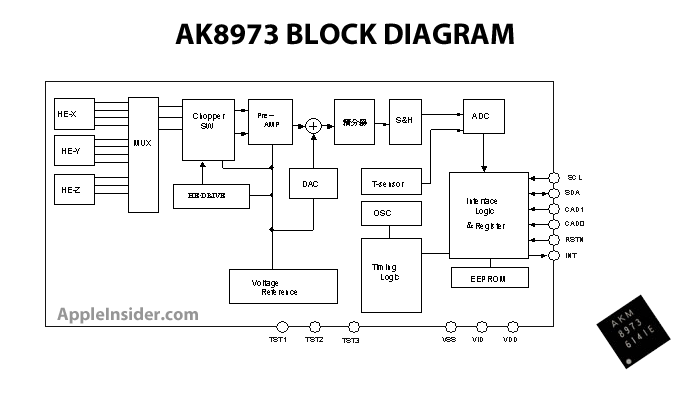


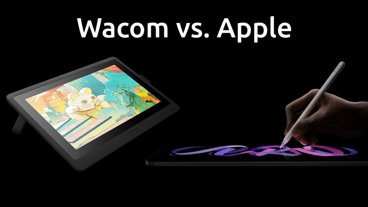

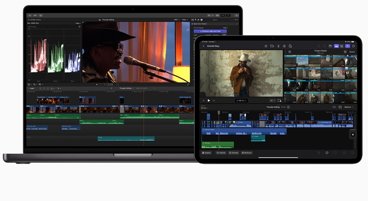







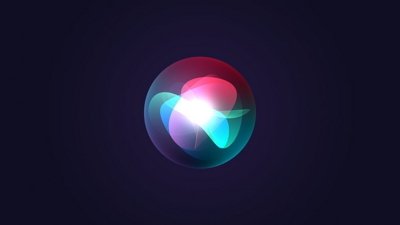
 Malcolm Owen
Malcolm Owen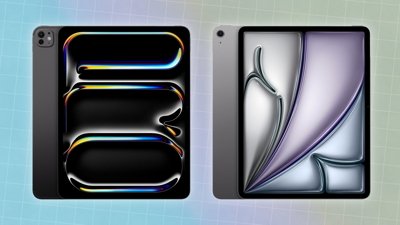
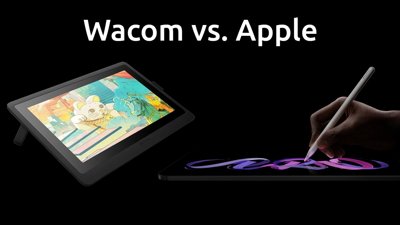
 Amber Neely
Amber Neely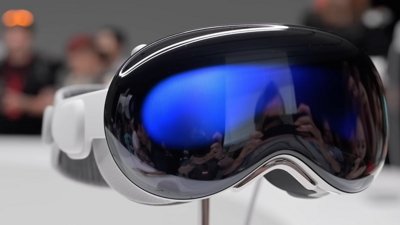
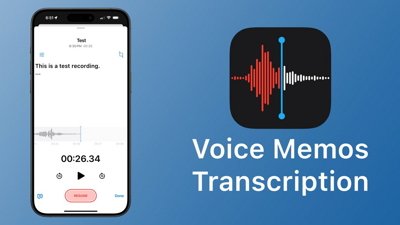
 Marko Zivkovic
Marko Zivkovic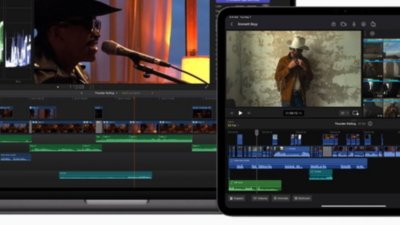
 David Schloss
David Schloss
 Wesley Hilliard
Wesley Hilliard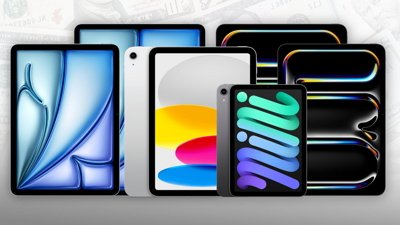
 Mike Wuerthele and Malcolm Owen
Mike Wuerthele and Malcolm Owen
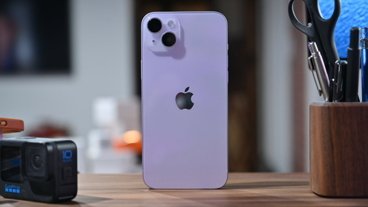








57 Comments
Sounds great for military purposes but why would I need this exactly? Adding to gaming (toy) functionality I guess.
Oh... I could have told you this over a week ago.
http://twitter.com/slasht/status/1759914454
Asahi Kasei's got other code in the SDK that's been there forever that has to do with audio: S/PDIF, AC'97-like codecs and digital audio interfaces. I'd assume the chips they provide are related to that.
I could have told you this over a week ago...
http://twitter.com/slasht/status/1759914454
Well, ya didn't, and someone else did
Best,
K
... already made their way to T-Mobile’s Andriod-based G1 handset, which has long shipped with a digital compass. ...
"long shipped"? Really?
Why not go whole hog and say that "every single version of the G1 has always shipped" with a digital compass?
Seriously though, isn't a bit hyperbolic to refer to a device less than a year old as doing anything for "long"? It makes it sound like Apple is just now catching up to something that it's competitors have had for ages, when the truth is not even close to that. I've had lots of phones and dozens of PDAs over the years and not a single one of them ever had a compass inside.
Well, ya didn't, and someone else did
Not only that but I didn't really have much of an audience anyway. Really, though, I'm pretty excited for this chip. It'll essentially complete the iPhone's geospatial detection portfolio; GPS and an accelerometer are already included. I think that opens up a lot of potential for app developers.